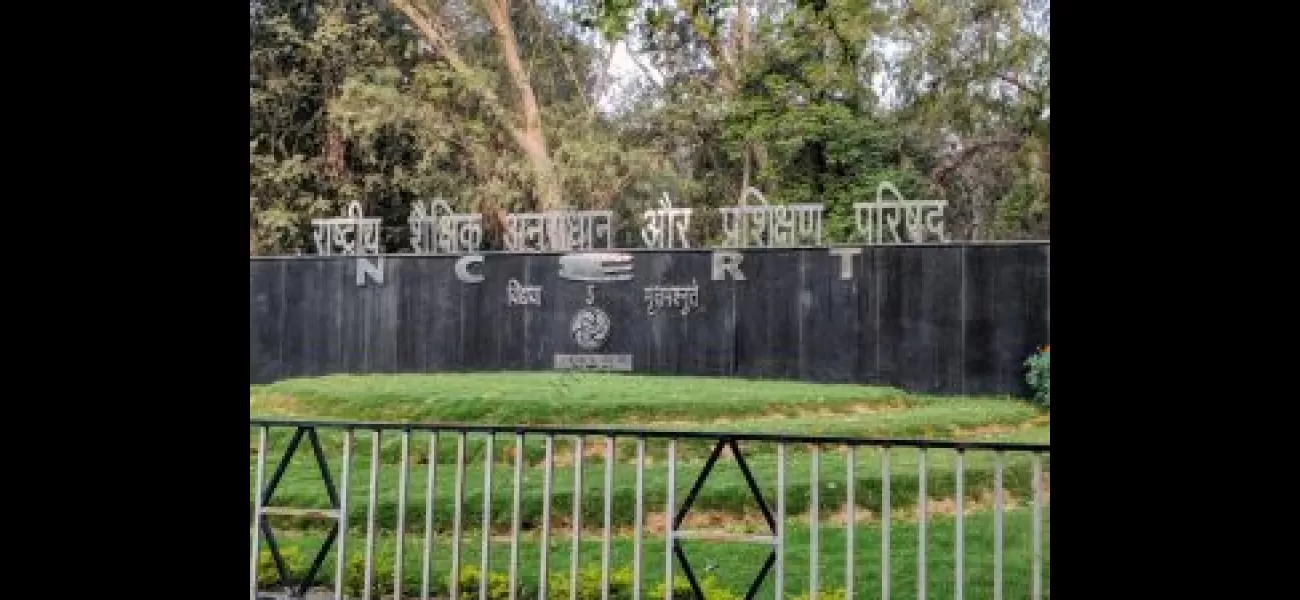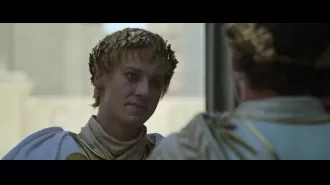A look into the history of medicine and how it has evolved over time.
Rebuilding history is often filled with disputes, as writers often prioritize the interests of those in power over the truth. Political and administrative influence can taint their work.
June 17th 2024.

Throughout history, the process of reconstructing the past has been plagued with controversies. This is often due to the fact that historians tend to prioritize the interests of those in power over truth and accuracy. As a result, their work becomes influenced by the biases and prejudices of the political and administrative establishments of their time. Unfortunately, when it comes to education and teaching, the situation becomes even worse. Those responsible for crafting education policies and writing textbooks will go to great lengths to please their political leaders. In this process, the truth is often sacrificed in favor of political agendas, leading to students being fed falsehoods and half-truths that can have damaging effects on future generations.
This is exactly what has happened with the recent revision of the Class XII political science textbook by the National Council of Educational Research and Training (NCERT). The new textbook has been heavily criticized for deleting and altering important facts, creating a skewed understanding of contemporary history, specifically regarding the demolition of the Babri Masjid in 1992 and the events leading up to and following it. The revisions seem to be an attempt to whitewash and distort history, such as removing the name of the Babri Masjid and referring to it as a "three-dome structure." This can only be described as a grave misrepresentation of the truth. It appears that the intention is to erase from the minds of impressionable young students the true historical context of the subcontinent at that time. While the name of the mosque may be contentious for some members of the majority community, that does not give anyone the right to manipulate history. Moreover, the revised textbook has also shortened the Ayodhya section from four to two pages and eliminated multiple references to the demolition of the mosque.
It is worth noting that these changes have come in the wake of the Bharatiya Janata Party's (BJP) defeat in Ayodhya and Uttar Pradesh in the recent Lok Sabha elections. The ruling party had made the construction of a Ram temple a key issue, with Prime Minister Narendra Modi repeatedly stoking Hindu-Muslim divides. However, these efforts backfired, and the BJP failed to secure a simple majority, let alone the "400 plus" seats it had boasted about. This context is crucial in understanding the revisions made to the political science textbook.
The response of the NCERT director, Dinesh Prasad Saklani, to the criticism of the new text is laughable, to say the least. He has claimed that references to the Gujarat riots, which were orchestrated by Hindu extremists during Modi's tenure as Chief Minister, and the demolition of the Babri Masjid were modified because teaching about riots can lead to "violent and depressed citizens." He went on to say that by deleting these references, the NCERT wants to create "positive citizens." This is a concerning statement as it suggests that the NCERT believes that censoring knowledge is the key to creating a peaceful society. It also goes against the very purpose of teaching history, which is to provide students with a well-rounded understanding of the past, including its difficult and uncomfortable aspects. By withholding crucial information and altering the facts, the NCERT is doing a disservice to its students and the country as a whole.
The revisions made to the textbook also seem to be an attempt to highlight the work of one particular BJP leader, while downplaying the contributions of other influential leaders of the party and the Rashtriya Swayamsevak Sangh (RSS) in the Ram temple movement. This is evident in the fact that the controversial Supreme Court verdict on the temple-mosque dispute has been given prominence, while important events leading up to it have been omitted from the new version.
The internal divisions within the Sangh Parivar (the family of Hindu nationalist organizations) have also come to the surface following these changes. The chief priest of the Ram temple, Satyendra Das Maharaj, has expressed his disapproval of the omission of crucial details. He has rightfully pointed out that the textbook does not mention how the "three-domed structure" was removed on December 6, 1992, and only begins the narration from November 9, 2019, when the Ayodhya verdict was delivered. He argues that by ignoring important events, such as the appearance of the deity Ram Lalla on December 22, 1949, and the start of its worship, the NCERT is depriving students of a comprehensive understanding of the Ayodhya movement. This raises questions about the NCERT's motives and its allegiance to facts and history. It is clear that the organization is more focused on appeasing its political superiors rather than staying true to its purpose of educating students and preserving the integrity of history. The politicization of education and the falsification of history must be avoided at all costs.
This is exactly what has happened with the recent revision of the Class XII political science textbook by the National Council of Educational Research and Training (NCERT). The new textbook has been heavily criticized for deleting and altering important facts, creating a skewed understanding of contemporary history, specifically regarding the demolition of the Babri Masjid in 1992 and the events leading up to and following it. The revisions seem to be an attempt to whitewash and distort history, such as removing the name of the Babri Masjid and referring to it as a "three-dome structure." This can only be described as a grave misrepresentation of the truth. It appears that the intention is to erase from the minds of impressionable young students the true historical context of the subcontinent at that time. While the name of the mosque may be contentious for some members of the majority community, that does not give anyone the right to manipulate history. Moreover, the revised textbook has also shortened the Ayodhya section from four to two pages and eliminated multiple references to the demolition of the mosque.
It is worth noting that these changes have come in the wake of the Bharatiya Janata Party's (BJP) defeat in Ayodhya and Uttar Pradesh in the recent Lok Sabha elections. The ruling party had made the construction of a Ram temple a key issue, with Prime Minister Narendra Modi repeatedly stoking Hindu-Muslim divides. However, these efforts backfired, and the BJP failed to secure a simple majority, let alone the "400 plus" seats it had boasted about. This context is crucial in understanding the revisions made to the political science textbook.
The response of the NCERT director, Dinesh Prasad Saklani, to the criticism of the new text is laughable, to say the least. He has claimed that references to the Gujarat riots, which were orchestrated by Hindu extremists during Modi's tenure as Chief Minister, and the demolition of the Babri Masjid were modified because teaching about riots can lead to "violent and depressed citizens." He went on to say that by deleting these references, the NCERT wants to create "positive citizens." This is a concerning statement as it suggests that the NCERT believes that censoring knowledge is the key to creating a peaceful society. It also goes against the very purpose of teaching history, which is to provide students with a well-rounded understanding of the past, including its difficult and uncomfortable aspects. By withholding crucial information and altering the facts, the NCERT is doing a disservice to its students and the country as a whole.
The revisions made to the textbook also seem to be an attempt to highlight the work of one particular BJP leader, while downplaying the contributions of other influential leaders of the party and the Rashtriya Swayamsevak Sangh (RSS) in the Ram temple movement. This is evident in the fact that the controversial Supreme Court verdict on the temple-mosque dispute has been given prominence, while important events leading up to it have been omitted from the new version.
The internal divisions within the Sangh Parivar (the family of Hindu nationalist organizations) have also come to the surface following these changes. The chief priest of the Ram temple, Satyendra Das Maharaj, has expressed his disapproval of the omission of crucial details. He has rightfully pointed out that the textbook does not mention how the "three-domed structure" was removed on December 6, 1992, and only begins the narration from November 9, 2019, when the Ayodhya verdict was delivered. He argues that by ignoring important events, such as the appearance of the deity Ram Lalla on December 22, 1949, and the start of its worship, the NCERT is depriving students of a comprehensive understanding of the Ayodhya movement. This raises questions about the NCERT's motives and its allegiance to facts and history. It is clear that the organization is more focused on appeasing its political superiors rather than staying true to its purpose of educating students and preserving the integrity of history. The politicization of education and the falsification of history must be avoided at all costs.
[This article has been trending online recently and has been generated with AI. Your feed is customized.]
[Generative AI is experimental.]
0
0
Submit Comment





